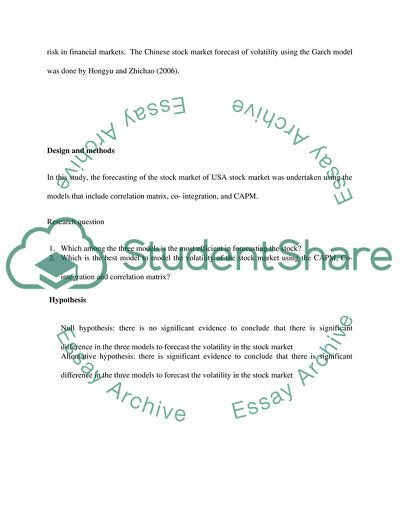Cite this document
(Pair Trading Statistics Project Example | Topics and Well Written Essays - 2750 words, n.d.)
Pair Trading Statistics Project Example | Topics and Well Written Essays - 2750 words. https://studentshare.org/finance-accounting/1868051-pair-trading
Pair Trading Statistics Project Example | Topics and Well Written Essays - 2750 words. https://studentshare.org/finance-accounting/1868051-pair-trading
(Pair Trading Statistics Project Example | Topics and Well Written Essays - 2750 Words)
Pair Trading Statistics Project Example | Topics and Well Written Essays - 2750 Words. https://studentshare.org/finance-accounting/1868051-pair-trading.
Pair Trading Statistics Project Example | Topics and Well Written Essays - 2750 Words. https://studentshare.org/finance-accounting/1868051-pair-trading.
“Pair Trading Statistics Project Example | Topics and Well Written Essays - 2750 Words”. https://studentshare.org/finance-accounting/1868051-pair-trading.


